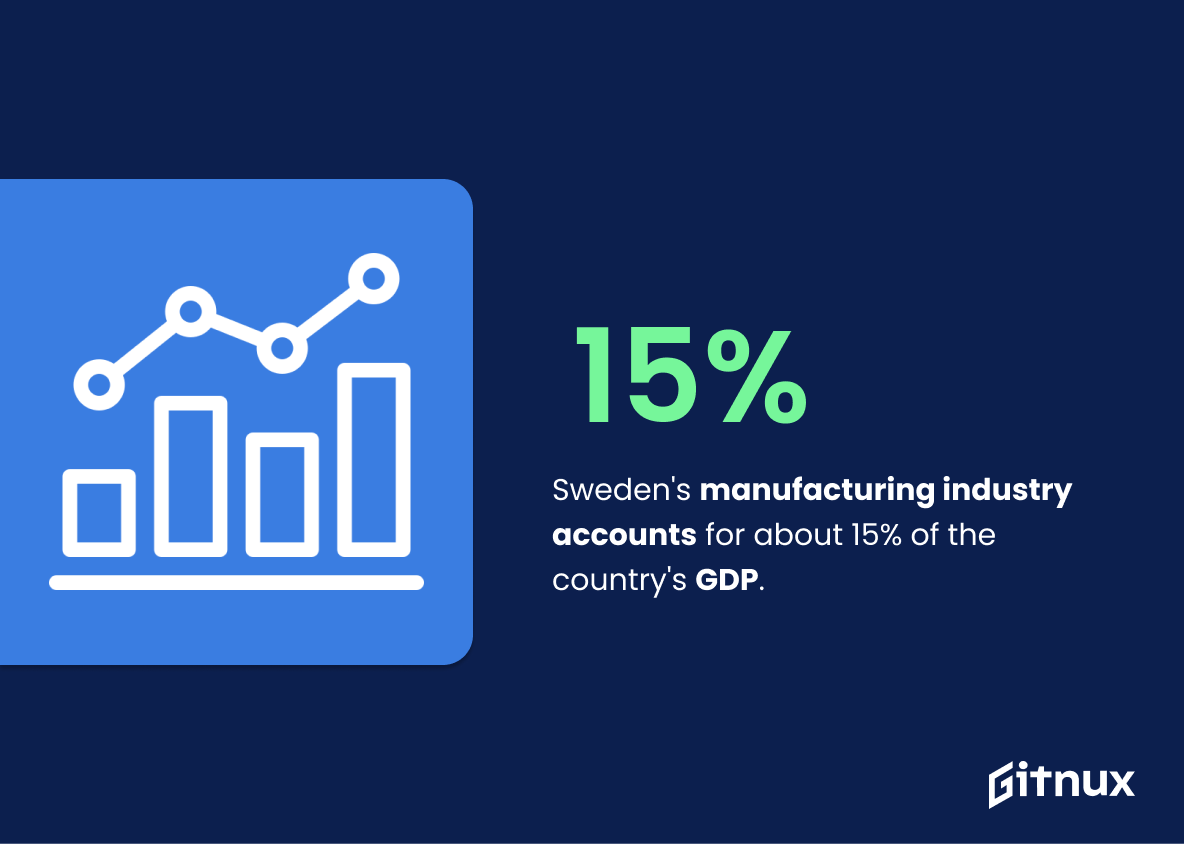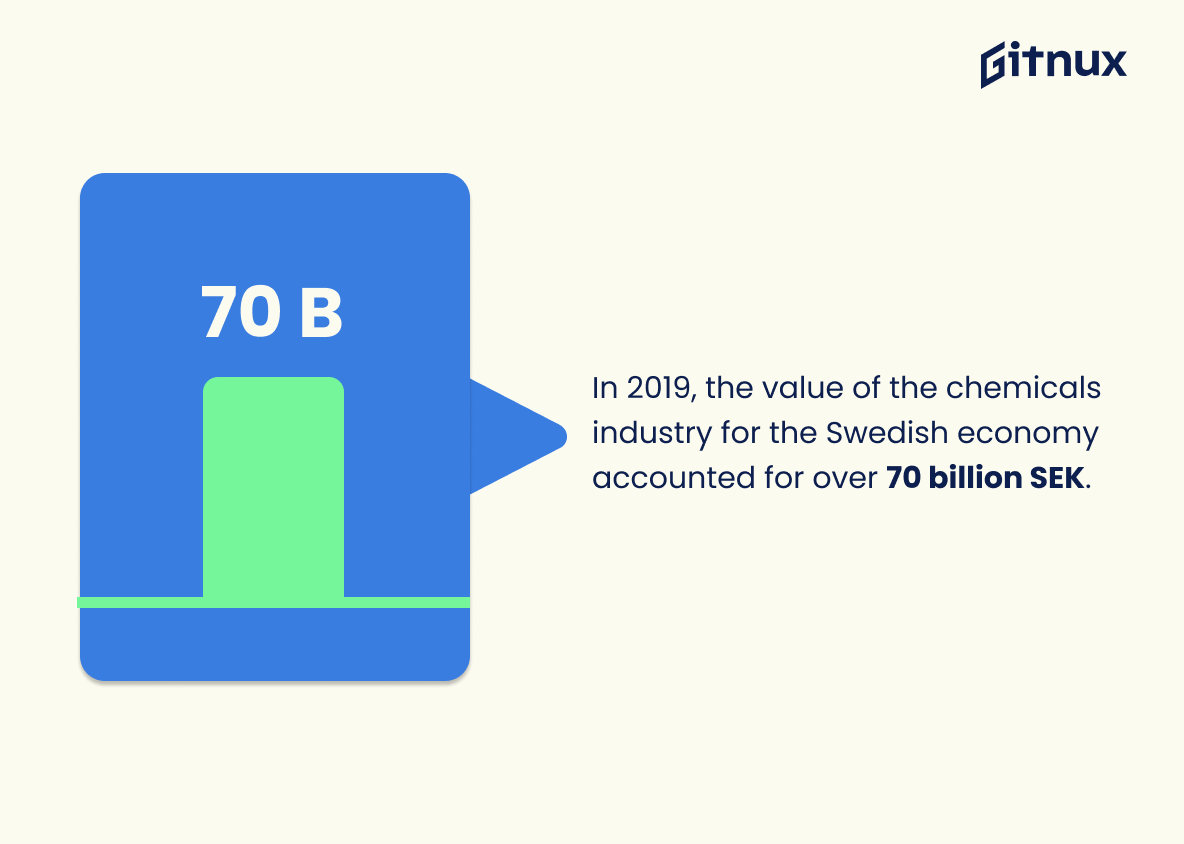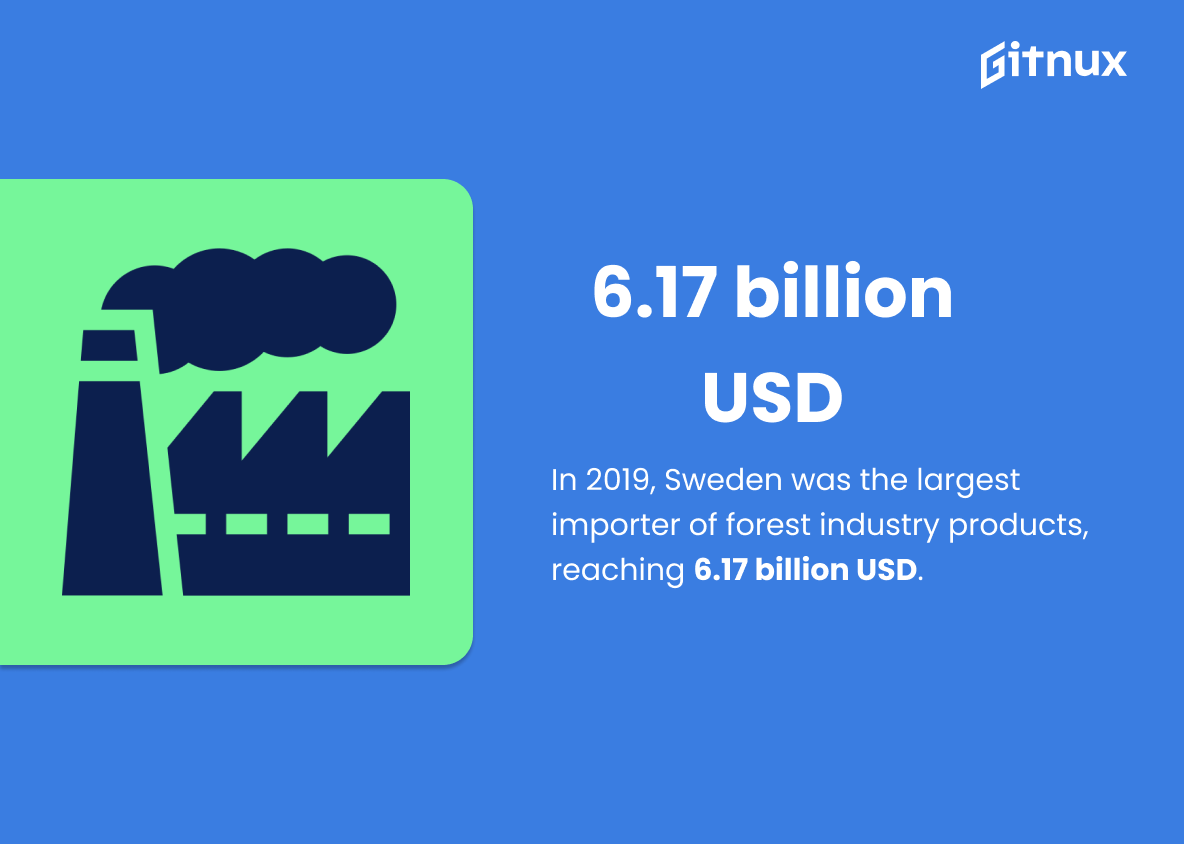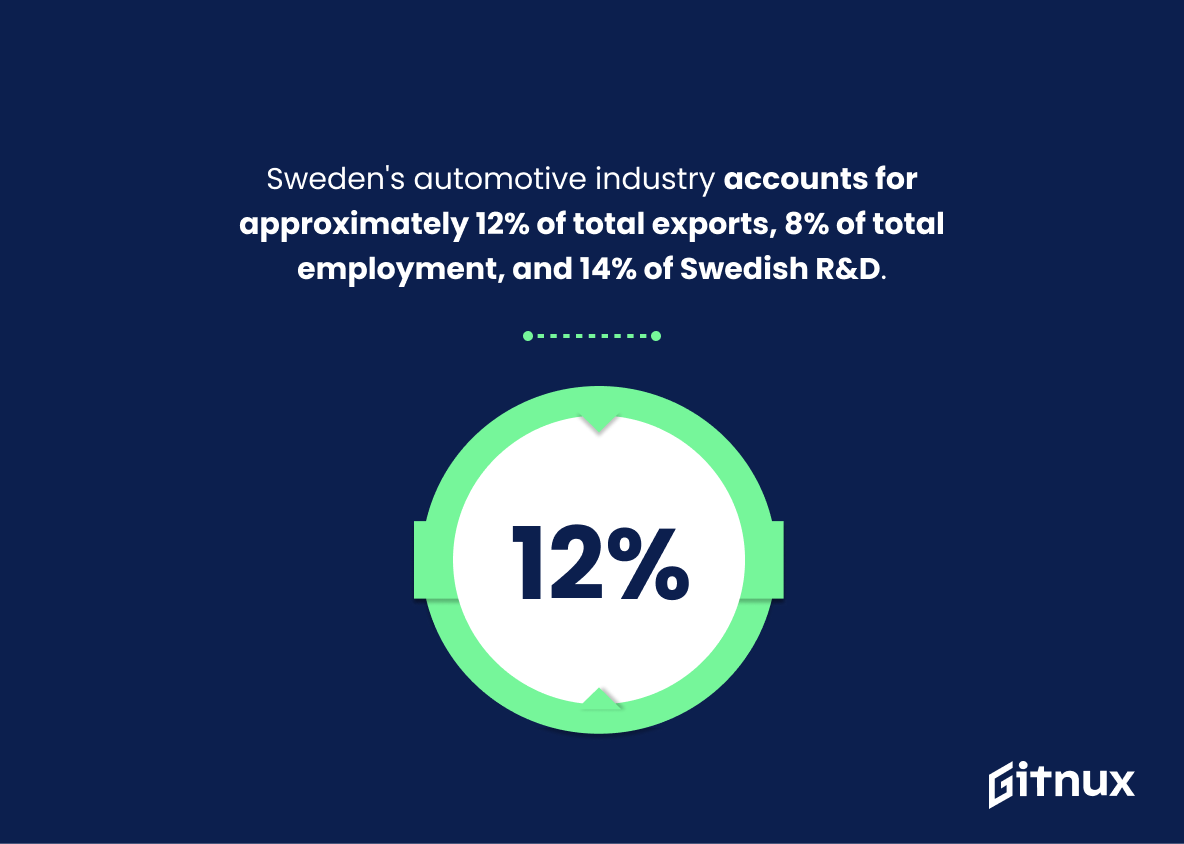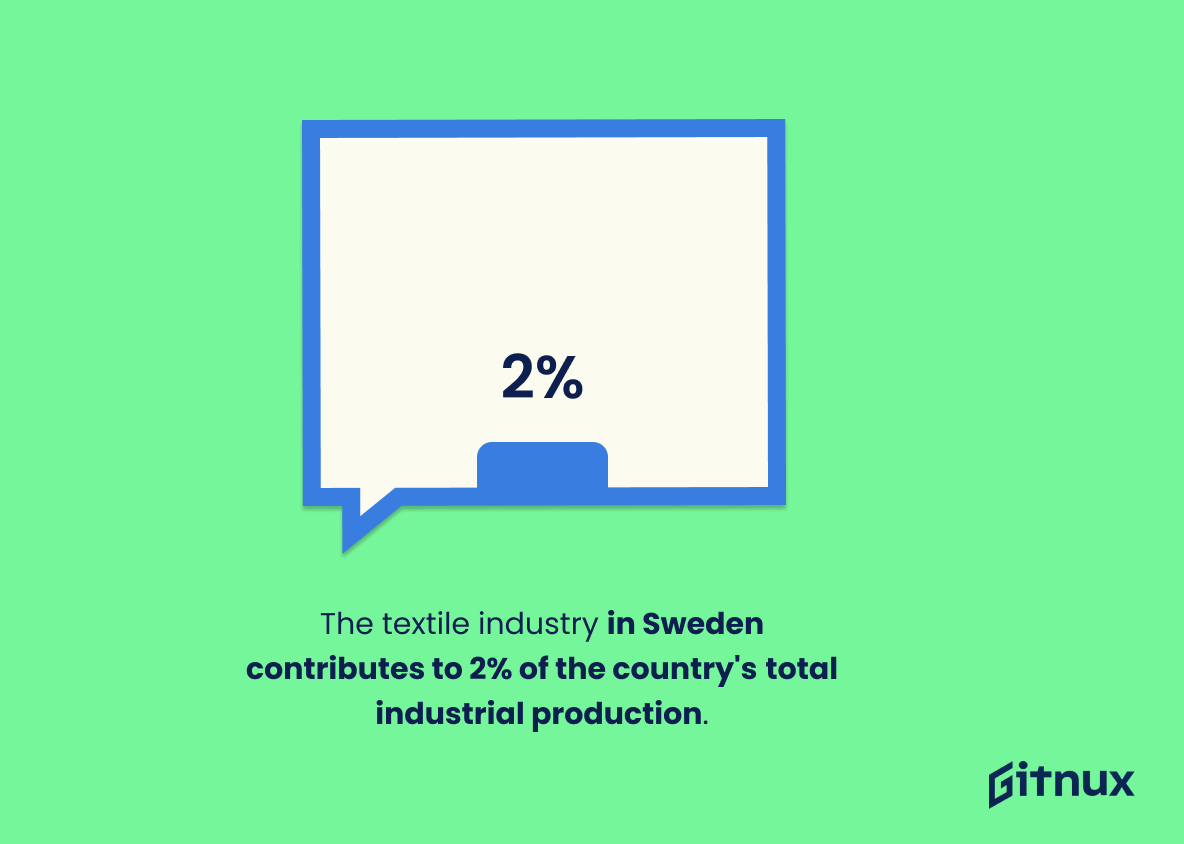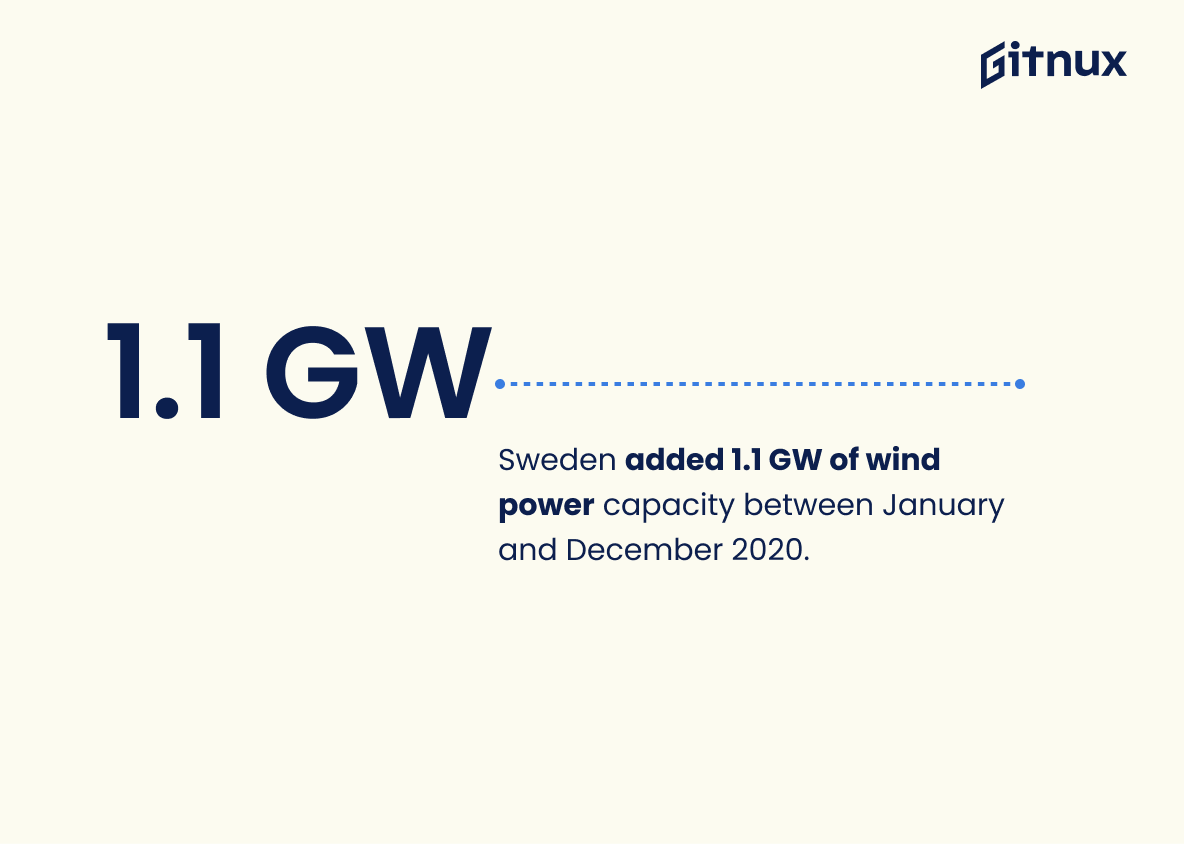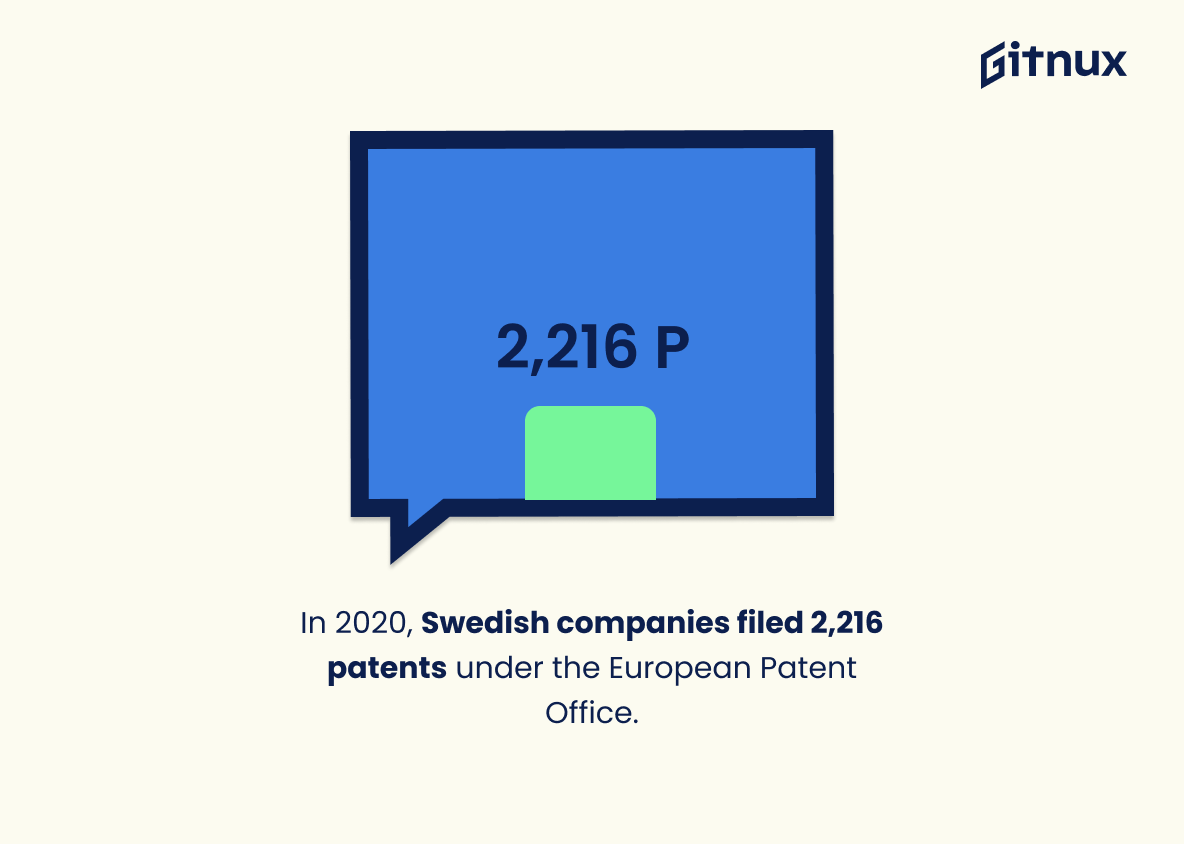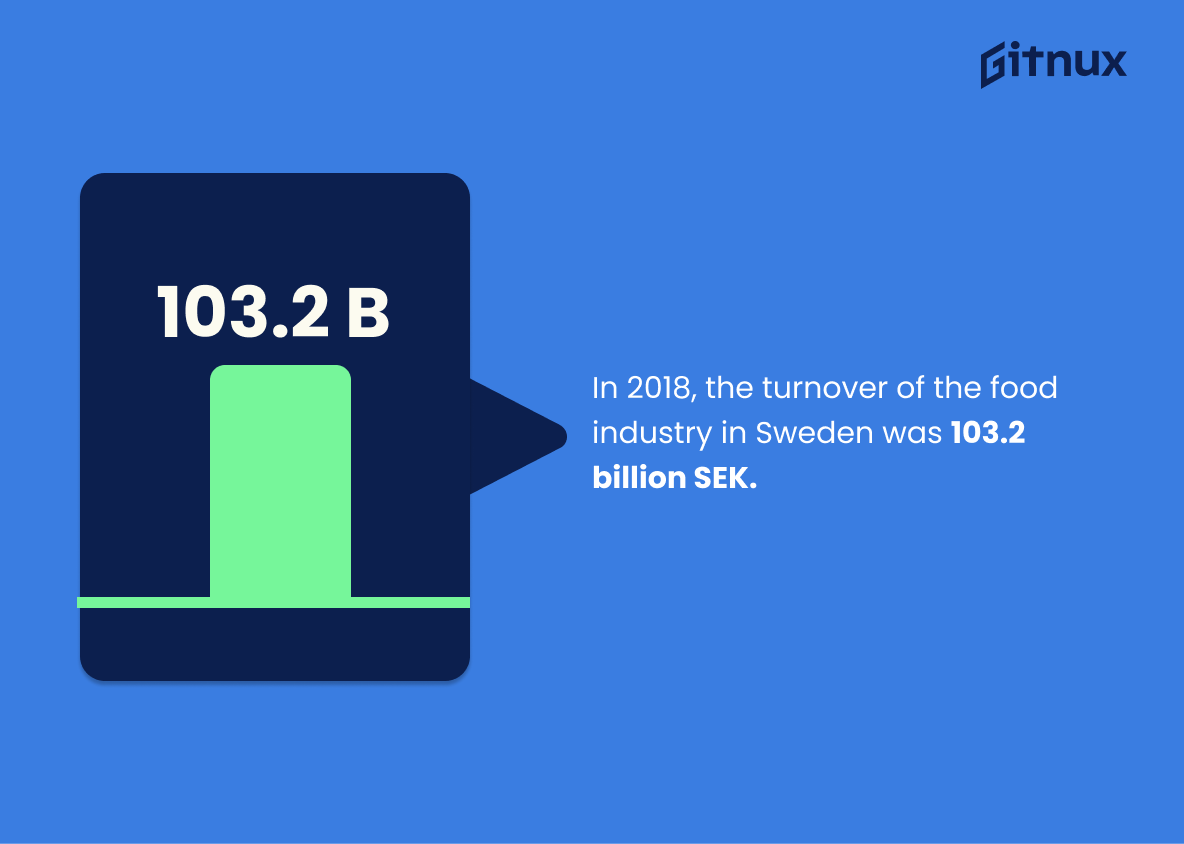Sweden is a country with an impressive industrial sector, accounting for 15% of its GDP and employing 20.3% of the total employed population in 2020. This blog post will explore Sweden’s industry statistics to gain insight into the various sectors that make up this vibrant economy. We’ll look at data from sources such as The World Bank, Statista, SCB (Statistics Sweden), Global Edge MSU, ICIS Chemical Business Magazine and more to examine key figures related to manufacturing, machinery production, wood exports, steel companies and employment numbers within these industries; chemicals value contribution; automotive exports; pharmaceuticals revenue; mining workforce size; textile production output percentage share among other economic indicators like wind power capacity addition rate or broadband coverage levels across households & businesses in Sweden. Additionally we’ll also take a closer look at some major Swedish engineering firms like SKF along with fishing industry turnover figures plus patent applications filed under European Patent Office by Swedish companies during 2020-21 period before concluding our analysis on life science sector job creation stats & global high-tech export market share held by this Scandinavian nation back in 2015.
This statistic is a telling indication of the importance of Sweden’s manufacturing industry to the country’s economy. It highlights the significance of the sector in terms of its contribution to the nation’s GDP, and thus its overall economic health. This is especially pertinent in a blog post about Sweden Industry Statistics, as it provides a valuable insight into the nation’s industrial landscape.
In 2020, Sweden’s workforce in the industry sector was approximately 20.3% of the total employed population.
This statistic is a telling indication of the importance of the industry sector in Sweden’s economy. It highlights the fact that a significant portion of the employed population is engaged in the industry sector, demonstrating the sector’s importance to the country’s economic growth and stability. Furthermore, this statistic can be used to compare Sweden’s industry sector to other countries, providing a valuable insight into the relative strength of the sector in the global economy.
Sweden Industry Statistics Overview
Sweden’s machinery industry had a value of approximately 267 billion SEK in 2020.
This statistic is a testament to the strength of Sweden’s machinery industry, highlighting its immense value and importance to the country’s economy. It is a clear indication of the industry’s success and growth, and serves as a reminder of the potential for further development and expansion. As such, it is an invaluable piece of information for anyone looking to gain insight into the state of Sweden’s industry.
In 2019, the value of the chemicals industry for the Swedish economy accounted for over 70 billion SEK.
This statistic is a testament to the immense contribution of the chemicals industry to the Swedish economy. It highlights the importance of this sector in terms of its economic impact, and serves as a reminder of the need to continue to invest in and support this industry.
In 2019, Sweden was the largest importer of forest industry products, reaching 6.17 billion USD.
This statistic is a testament to the strength of Sweden’s forest industry, demonstrating its importance to the country’s economy. It highlights the fact that Sweden is a major player in the global market for forest products, and that its industry is thriving. This is an important point to consider when discussing Sweden’s industry statistics, as it shows the country’s ability to remain competitive in a highly competitive market.
Sweden’s automotive industry accounts for approximately 12% of total exports, 8% of total employment, and 14% of Swedish R&D.
This statistic is a testament to the importance of the automotive industry in Sweden. It shows that the automotive industry is a major contributor to the country’s exports, employment, and research and development. This highlights the significance of the automotive industry in Sweden’s economy and its importance to the nation’s overall success.
The textile industry in Sweden contributes to 2% of the country’s total industrial production.
This statistic is a telling indication of the importance of the textile industry in Sweden’s industrial production. It highlights the significance of the sector in the country’s overall economic output, demonstrating its importance to the Swedish economy.
Sweden added 1.1 GW of wind power capacity between January and December 2020.
This statistic is a testament to Sweden’s commitment to renewable energy and sustainability. It shows that the country is taking steps to reduce its reliance on fossil fuels and move towards a greener future. This is an important step in the right direction, as it will help reduce emissions and improve air quality. Additionally, it will create jobs and economic opportunities in the renewable energy sector, which will benefit the country as a whole.
In 2020, the broadband coverage in Sweden was 98% for households and businesses.
This statistic is a testament to the impressive level of digital infrastructure in Sweden. It highlights the country’s commitment to providing reliable and fast internet access to households and businesses, which is essential for the growth of the Swedish economy. This statistic is a key indicator of the country’s progress in the digital age and its ability to remain competitive in the global market.
Swedish engineering company SKF is one of the largest engineering companies, employing over 40,000 people globally.
This statistic is a testament to the strength of Sweden’s engineering industry, highlighting the success of SKF as one of the largest engineering companies in the world. It demonstrates the potential of the Swedish engineering sector, with 40,000 people employed globally, and serves as a reminder of the importance of the industry to the Swedish economy.
The annual revenue of the fishing industry in Sweden is approximately 13.8 billion USD.
This statistic is a testament to the success of the fishing industry in Sweden, highlighting the immense economic contribution it makes to the country. It is a clear indication of the industry’s importance to the Swedish economy, and serves as a reminder of the potential for further growth and development.
In 2020, Swedish companies filed 2,216 patents under the European Patent Office.
This statistic is indicative of the innovation and creativity that Swedish companies are bringing to the European Patent Office. It shows that Swedish companies are actively engaged in the development of new technologies and products, which is essential for the growth and success of the Swedish industry. Furthermore, it demonstrates the commitment of Swedish companies to staying ahead of the competition and continuing to develop new products and services.
Sweden had the highest number of robots per 10,000 employees in the world in 2019, reaching 249 installations.
This statistic is a testament to Sweden’s commitment to technological advancement and automation. It highlights the country’s dedication to modernizing its industrial sector, which is essential for staying competitive in the global economy. By having the highest number of robots per 10,000 employees, Sweden is demonstrating its commitment to staying ahead of the curve and continuing to be a leader in the industry.
In 2018, the turnover of the food industry in Sweden was 103.2 billion SEK.
This statistic is a telling indication of the strength of the food industry in Sweden. It demonstrates the economic power of the sector and its importance to the Swedish economy. It also provides insight into the health of the industry, showing that it is thriving and continuing to grow. This is an important piece of information for anyone interested in the state of the Swedish economy and the industries that drive it.
Sweden’s share of global high-tech exports was 1.21% in 2015, positioning it as one of the world’s top high-tech exporters.
This statistic is a testament to Sweden’s prowess in the high-tech industry, demonstrating its ability to compete on a global scale. It highlights the country’s success in producing and exporting high-tech products, making it a leader in the field. This is an important point to consider when discussing Sweden’s industry statistics, as it shows the country’s potential to become a major player in the global market.
Conclusion
Sweden is a country with an impressive and diverse industrial sector. The manufacturing industry accounts for 15% of the GDP, while 20.3% of the employed population works in this sector. In 2020, Sweden’s machinery industry had a value of 267 billion SEK and its wood industry exports increased by 41%. Additionally, there are approximately 500 companies in the steel industry that employ around 50,000 people; 70 billion SEK was contributed to the economy from chemicals production; 6.17 billion USD worth of forest products were imported; 12% of total exports come from automotive production as well as 8% employment and 14% R&D investment; pharmaceuticals accounted for 6.9 billion USD in 2020; mining employs 10,000 people (0.2%); textiles contribute 2%; 1 GW wind power capacity was added between January-December 2020 with 98 % broadband coverage for households/businesses respectively ; SKF is one of largest engineering companies employing 40k globally ; fishing has 13 .8 bn annual revenue ; Swedish firms filed 2216 patents under EPO & life science employed 40k last year , 249 robots per 10000 employees & 103 .2 bn turnover food industries respectively All these statistics demonstrate how important Sweden’s industrial sector is to its economic growth and development on both local and global scales
References
0. – https://www.www.economist.com
1. – https://www.www.epo.org
2. – https://www.ifr.org
3. – https://www.www.fashionunited.com
4. – https://www.www.pts.se
5. – https://www.www.business-sweden.com
6. – https://www.www.scb.se
7. – https://www.www.statista.com
8. – https://www.globaledge.msu.edu
9. – https://www.www.evwind.es
10. – https://www.www.worldbank.org
11. – https://www.www.icis.com
